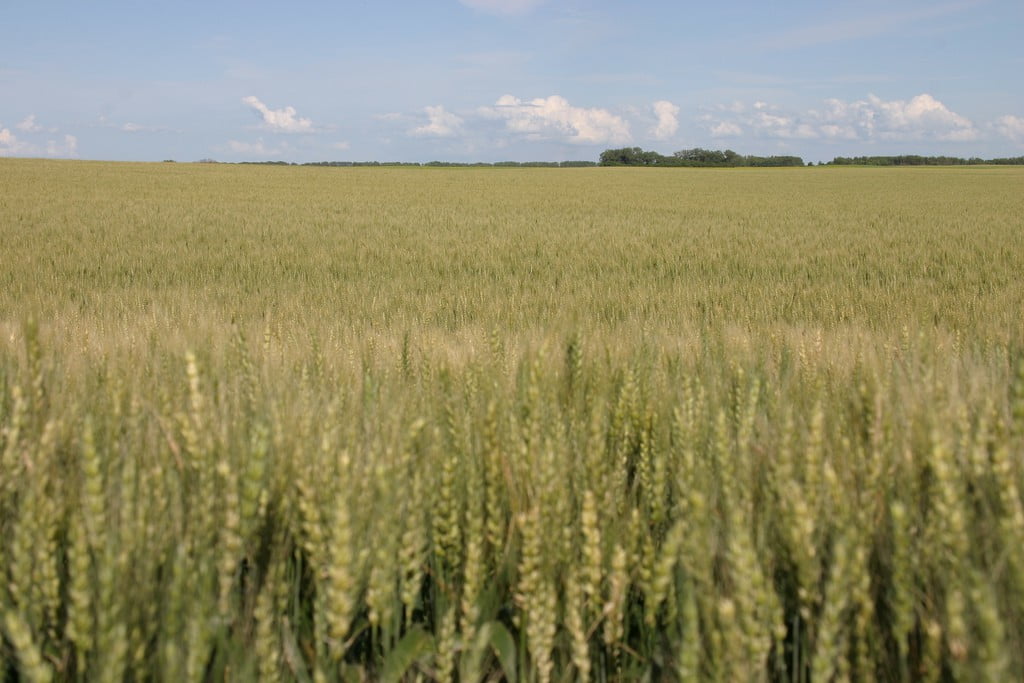Crop insurance is essential to farmers’ livelihood throughout the country and has never been more important than now. Recent climate change has brought unexpected weather conditions and, in turn, greater risks in the past decade. While all weather conditions present risk, hail is unusual because it can completely obliterate part of a field while leaving the rest virtually untouched, it is difficult to predict and it occurs suddenly. Most hailstorms last three to five minutes. In that time, Mother Nature can deal a crushing blow to your crops, your profits, and the future of your farming operation. Luckily, you can remove that risk today with crop-hail insurance.
Crop-hail coverage provides protection against physical damage from hail, and in many cases will include extended coverages like fire and lightning, wind, vandalism and malicious mischief, as well as certain perils while in transit and storage at no additional cost.
[hr_invisible]
How is Crop-Hail Insurance Different from Multi Peril Crop Insurance?
Crop-hail insurance is different than MPCI because it is not part of the federal crop insurance program. Instead, private crop insurance companies sell these policies, and the premiums are not subsidized.
Another key difference between the two types of coverage is that, unlike MPCI, farmers may purchase a crop-hail policy at any time during the growing season. Don’t think you’ve missed your chance to apply… just contact your crop insurance advisor to see how quickly coverage can be bound!
Also, while MPCI policies tend to have high deductibles to cover catastrophic loss of huge yields, crop-hail allows for a smaller deductible to cover spot losses.
[hr_invisible]
How Does Crop-Hail Insurance Work?
According to the United States Department of Agriculture Risk Management Agency, hail usually accounts for about 6 percent of all crop losses in any given year. But a crop-hail policy goes beyond simply protecting against the physical damages of hail. Depending on the crop and the region of the country, this type of policy may also provide coverage for loss caused by fire, lightning, wind, vandalism and malicious mischief. However, no matter what kind of crop is being insured, these policies will never cover other weather-related risks like frost, drought or excess moisture, and it will not cover price risk.
With a crop-hail policy, you’ll first select a dollar amount of coverage. Then, you can select options with different deductibles to allow you to partially self-insure for lower premium costs. Coverage is provided on an acre-by-acre basis, so that damage that occurs on only part of your farm may be eligible for payment when the rest of the field remains unaffected.
[hr_invisible]
Who Needs Crop-Hail Insurance?
The U.S. crops most vulnerable to hail damage are wheat, corn, and soybeans. Farmers growing vulnerable crops or who own land in susceptible areas have the most compelling reasons to purchase crop-hail coverage. However, even those in areas with low frequency of hail damage should consider it, as crop-hail is rated by area and therefore is often inexpensive. Crop-hail coverage is available in all states, though types of coverage and rates vary by location and by crop.
Those with group policies like a Group Risk Income Protection (GRIP) plan should also consider crop-hail to insure smaller losses that may not otherwise be covered. The unique ability to purchase crop-hail insurance mid-season also makes it ideal for adding extra protection for bumper crops yields or crops of unusually high value.
TCI Insurance has a variety of crop-hail coverages available depending on your specific needs. Contact our crop team to find the coverage that’s right for you.
Source: Farmers Mutual Hail

